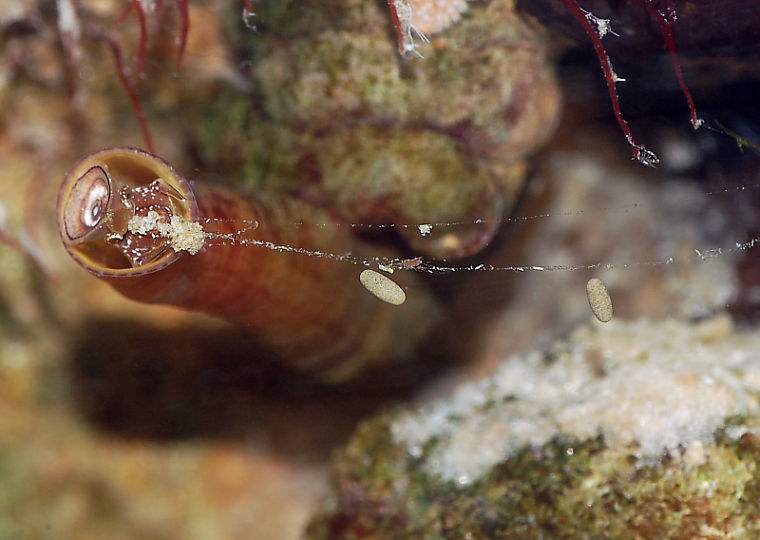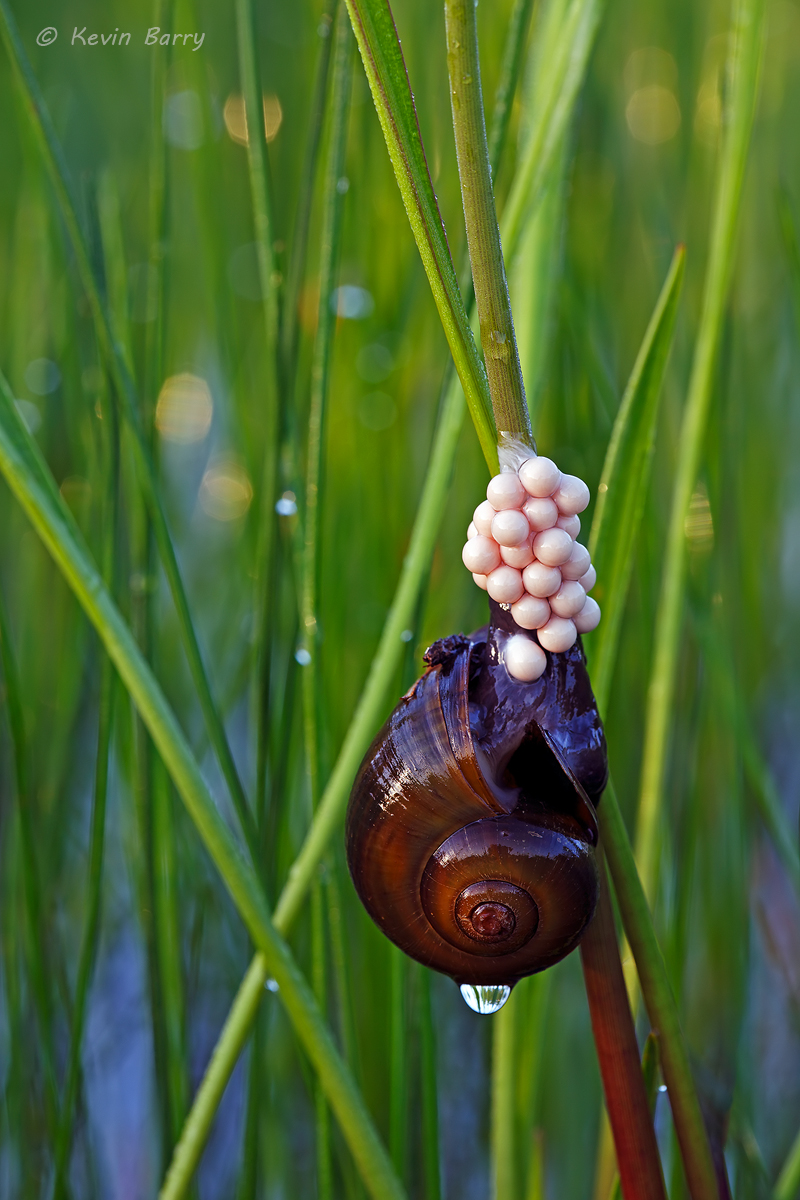

Female apple snails may lay clutches of eggs every 5-14 days. Females lay clutches of 500-700 bright pink eggs just above the water line on vegetation and other hard surfaces each egg is approximately 1-2 mm in diameter. Egg-laying occurs during cooler times of day, and only during warmer months in subtropical areas. The sexes are separate and fertilization is internal. Thankfully, they have remained isolated, and there have been no cases of human Angiostongylus cantonensis infections.īiology: Apple snails are a subtropical to tropical species that prefers oxygenated, slow-moving waters. Rat lungworm has been found in apple snails collected from New Orleans, Louisiana. However, severe infections of the parasite can cause eosinophilic meningitis. Humans with mild infections usually recover fully. Humans can become infected by this parasite by eating raw or undercooked snails or by eating raw produce contaminated by rat lungworm larvae.

Although damage to rice crops in Texas has not yet been documented, some rice farmers have experienced increased levee maintenance costs due to the constant burrowing by snails.Īpple snails also pose a risk to human health as they are an intermediate host to the rat lungworm, Angiostrongylus cantonesis, a parasite that can infect mammals, including humans. Invasive apple snails cause significant damage to rice crops in Asia and potential for similar economic impacts in Texas is a major concern. In addition to their harmful effects on existing habitat, herbivory by these snails can threaten the success of wetland restoration efforts. These invasive snails reproduce prolifically and can attain high population density, decimating the aquatic vegetation. Apple snails are voracious herbivores and feed on a wide variety of both native and introduced submerged, floating, and emergent aquatic plants. Remnants of these egg masses can remain long after the snails have hatched and fade to nearly white over time.Įcological Threat: Negative ecological effects of this invasive snail species include habitat degradation and competition with native snails.

Their presence is often first detected by observation of their bright pink egg masses, which are laid just above the water line on emergent vegetation, woody debris, and manmade structures. Shell color varies from yellow to brownish black with or without dark spiral bands. The shell opening or aperture is large and oval or round and covered by a bony operculum with concentric rings that can be retracted into the aperture. Apple snails ( Pomacea maculata) can grow to up to six inches high-about the size of a baseball or human fist-although a size of approximately 1.5 inches is more common.


 0 kommentar(er)
0 kommentar(er)
